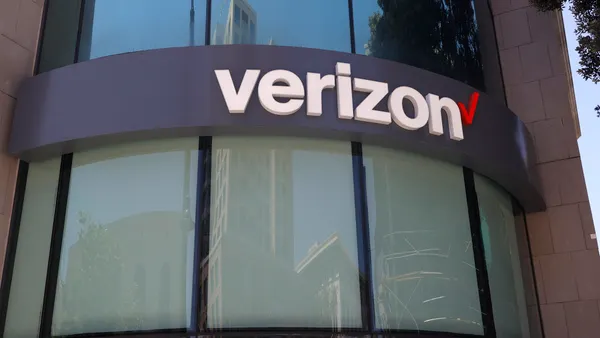Dive Brief:
- Uber thought it had a settlement that would keep its independent contractor drivers happy, but a federal judge yesterday struck down the proposed deal reached in April, meaning the lawsuit again leaves in question the "gig economy" hiring model established by ride-hailing company, the New York Times reported.
- Federal District Court for Northern California Judge Edward M. Chen ruled the settlement was “not fair, adequate, and reasonable." He noted that a "small portion" of $100 million amount reflects only 0.1% of the potential full verdict value of the case, the Times reports.
- The decision, which resulted from a group of 200 Uber drivers formally objecting to the settlement, resets the issue of independent contractor vs. employee. Many drivers believe they are should be classified as employees and receive reimbursement for expenses and vehicle maintenance, which they now must cover out of pocket.
Dive Insight:
Uber had agreed to pay up to $100 million in reimbursement damages to nearly 400,000 drivers, and the company was adamant about keeping drivers classified as independent, in a move to keep costs down through wage taxes and the reimbursement issues. Uber agreed to recognize and deal with "quasi-unions" of its drivers in New York and other states.
Shannon Liss-Riordan, who filed the driver lawsuits, told the Times via email that she was "disappointed" by the judge’s decision “but I understand and I have heard him.” She said a revised agreement was possible, but if not, she planned to take the case to trial “and fight my hardest for the Uber drivers.”
Bhairavi Desai, president of the National Taxi Workers Alliance, a union of drivers with chapters in New York and California, said that that while the initial lawsuit didn't mean much to Uber drivers her members talked to, the settlement terms provoked widespread outrage. “The drivers felt so scorned by the settlement that many came forward at that point,” she told the Times.
For HR leaders working at firms that use the on-demand, independent contractor model as part of their workforce, the settlement is no doubt a development that once again puts strategy planning up in the air.












